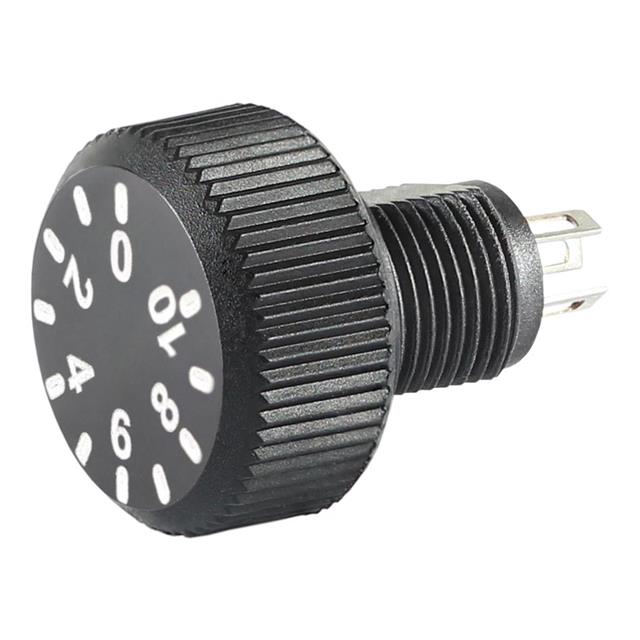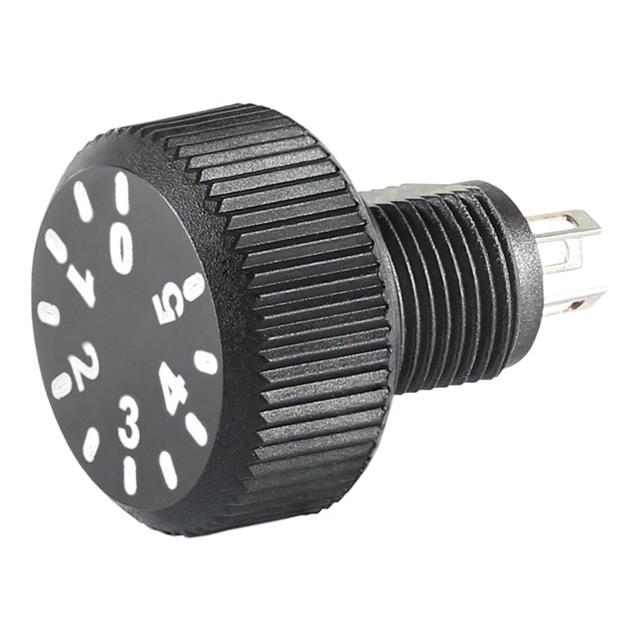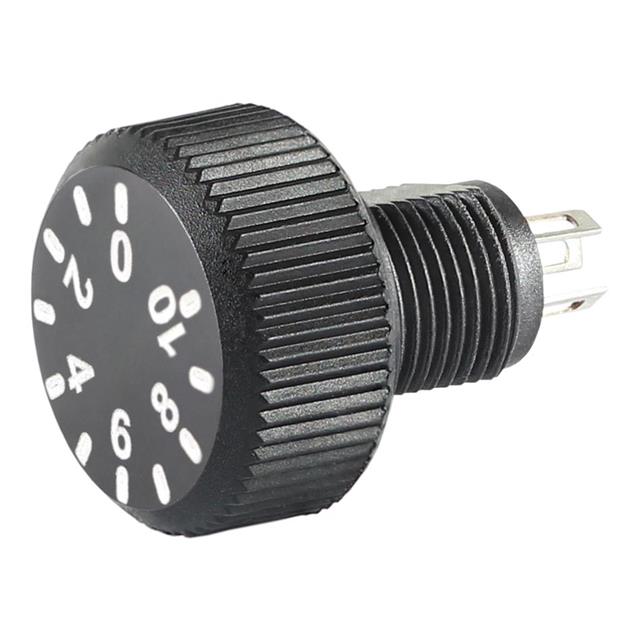Potentiometers, Trimmers & Rheostats
ALL Electronic Components
Result: 3
P16NP472MAB15F2
- Vishay Semiconductors
- Potentiometers, Trimmers & Rheostats
- New original
-
Data sheet:
P16NP472MAB15F2 Datasheet
Quote:
P16NM103MAB15F3
- Vishay Semiconductors
- Potentiometers, Trimmers & Rheostats
- New original
-
Data sheet:
P16NM103MAB15F3 Datasheet
Quote:
P16NP104MAB15F2
- Vishay Semiconductors
- Potentiometers, Trimmers & Rheostats
- New original
-
Data sheet:
P16NP104MAB15F2 Datasheet
Quote:
Potentiometers, trimmers, and rheostats are all types of variable resistors, but they serve slightly different purposes:
Potentiometers (Pots):
Function: Potentiometers are variable resistors that allow the adjustment of resistance along a continuous path.
Construction: They consist of a resistive element and a wiper, which makes contact with the resistive material.
Usage: Pots are commonly used for volume control in audio devices, dimmer switches in lighting, and other applications where smooth and continuous adjustment is required.
Trimmers (Trim Pots or Trimpots):
Function: Trimmers are a type of potentiometer, but they are designed for infrequent adjustments. They are often used for initial calibrations or settings that don't require frequent changes.
Construction: Trimmers are similar to pots but are often smaller and mounted directly on the circuit board.
Usage: Trimmers are commonly found in electronic circuits for fine-tuning or calibrating specific parameters during manufacturing.
Rheostats:
Function: Rheostats are variable resistors used to adjust current in a circuit. Unlike pots and trimmers, they are typically designed for higher power applications.
Construction: Rheostats have a resistive wire wrapped around a coil, and a wiper that moves along the coil to adjust the resistance.
Usage: Rheostats are often used in applications like motor speed control, heating elements, or any scenario where varying the current is essential.
In summary, while all three are types of variable resistors, potentiometers are versatile and used for frequent adjustments, trimmers are for infrequent adjustments, and rheostats are designed for higher power applications where current control is crucial.




